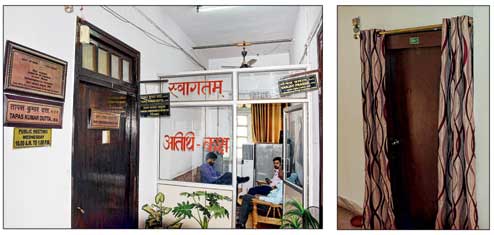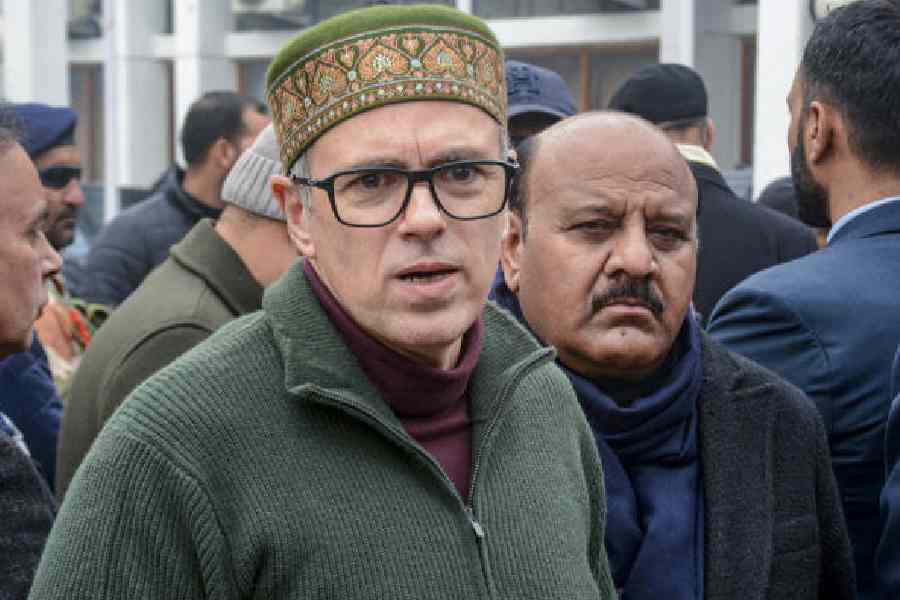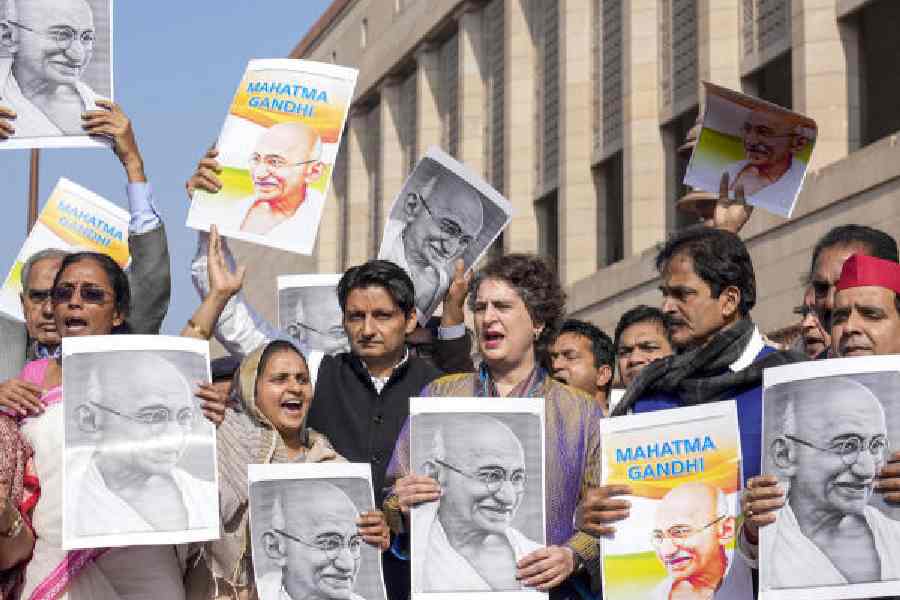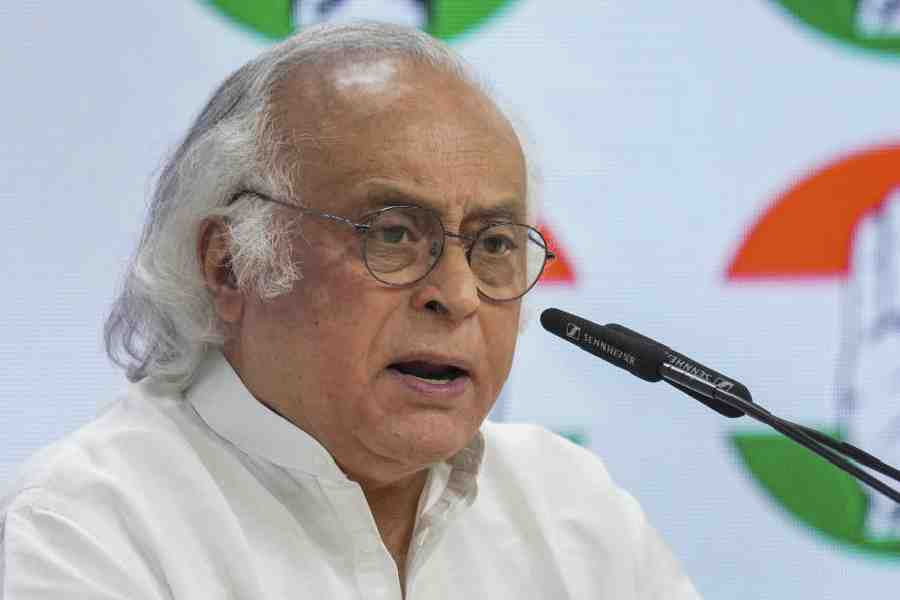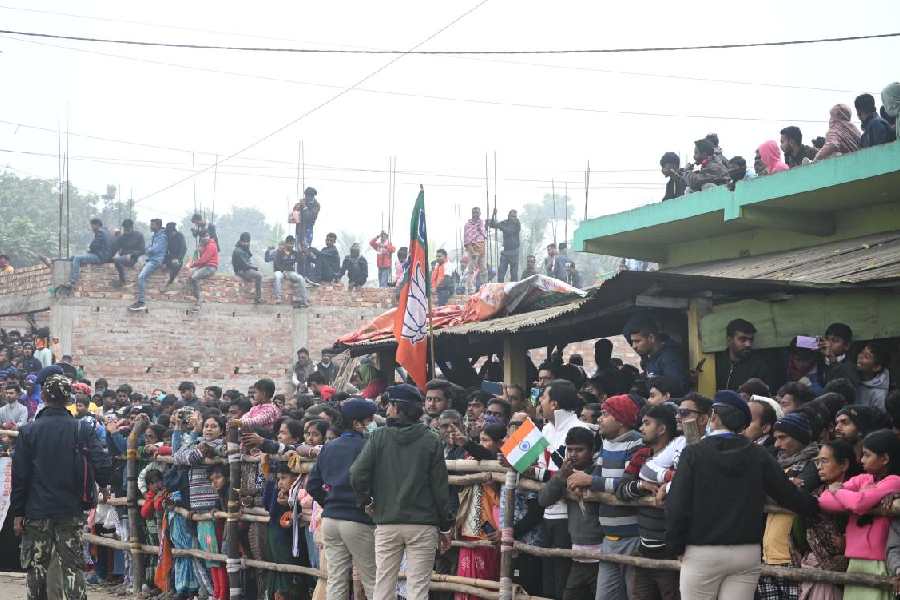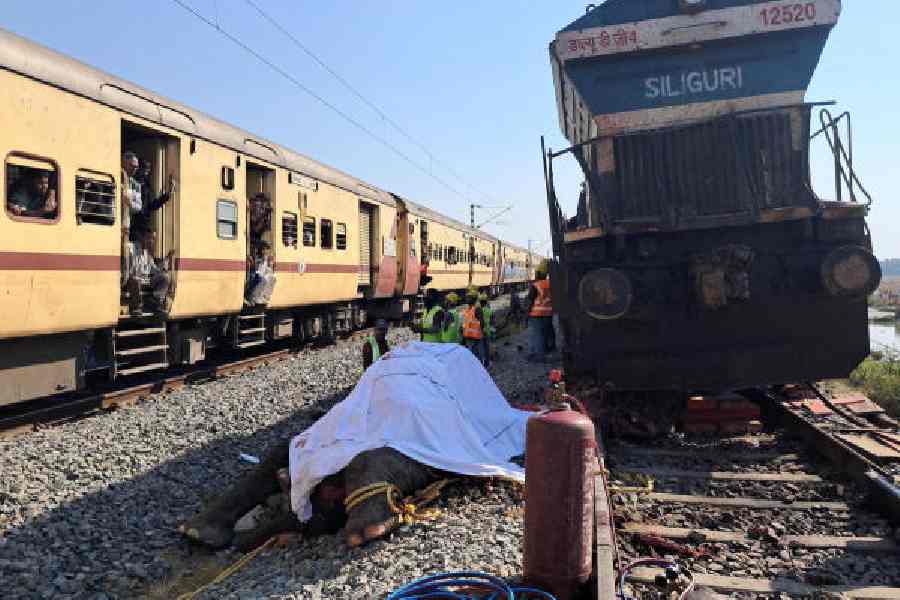
Hundreds of legal and illegal brick kilns on the banks of the Ganga - pushing the river away from the city over the years - could spoil the state government's attempt to bring it near Patna.
According to the records with the Bihar State Pollution Control Board (BSPCB), there are 596 brick kilns in the city - mostly along the banks of the Ganga. Bricks used in construction activities in the city come from these kilns at Sherpur (near Maner) and those between Didarganj and Fatuha.
Experts said heavy volume of waste material generated by the brick kilns get deposited on the southern banks of the Ganga, pushing the river north from the city. "Over the years, the accumulated waste material (from the kilns) on the banks of the Ganga has contributed to its shift. The northward shift of the river's course prompted erosion on its northern bank. The eroded material moves towards the southern banks (along the city) when the water-level rises in monsoon. The brick kilns have led to continuous expansion of the riverbank along the city," said R.K. Sinha, a professor of zoology at Patna University who has worked extensively on the Ganga and Gangetic Dolphin.
Similar views were expressed by Ashok Ghosh, the chairman of the State-level Expert Appraisal Committee - the technical panel of the State-level Environment Impact Assessment Authority (SEIAA). "Unplanned brick kiln mining diverts the flow and direction besides polluting the river water. A perennial river has a lateral-shift cycle of around 70 years. But brick kiln operators in Patna have forced the Ganga to shift northward during the past 25 years. The shift away from the banks in Patna is as high as about 6km," said Ghosh.
According to the existing norms of BSPCB, brick kilns are prohibited within 50m from the riverbank. It was 100m till early 2000. Experts claimed that majority of the licensed brick kilns are within 50m of the riverbank.
"Hundreds of brick kilns in Patna and elsewhere are within 50m of the riverbank - an ideal place for setting up brick kilns," said Sinha, also the member of SEIAA.
SEIAA is the authorised agency for issuing environment clearance for setting up brick kilns. Once SEIAA issues the consent to establish, the brick manufacturer applies to BSPCB seeking consent to operate.
Senior officials in BSPCB claimed that all brick kilns on the riverbank would be phased out. "SEIAA would not accept applications for environmental clearance to the brick kilns proposed to be set up on the riverbed," said Rakesh Kumar, member secretary, BSPCB.
R.C. Sinha, the chairman of SEIAA, has a comparatively lenient approach on the issue. "Development (in terms of construction activities) should not be stalled because of too many restrictions on manufacturing bricks," said Sinha.

